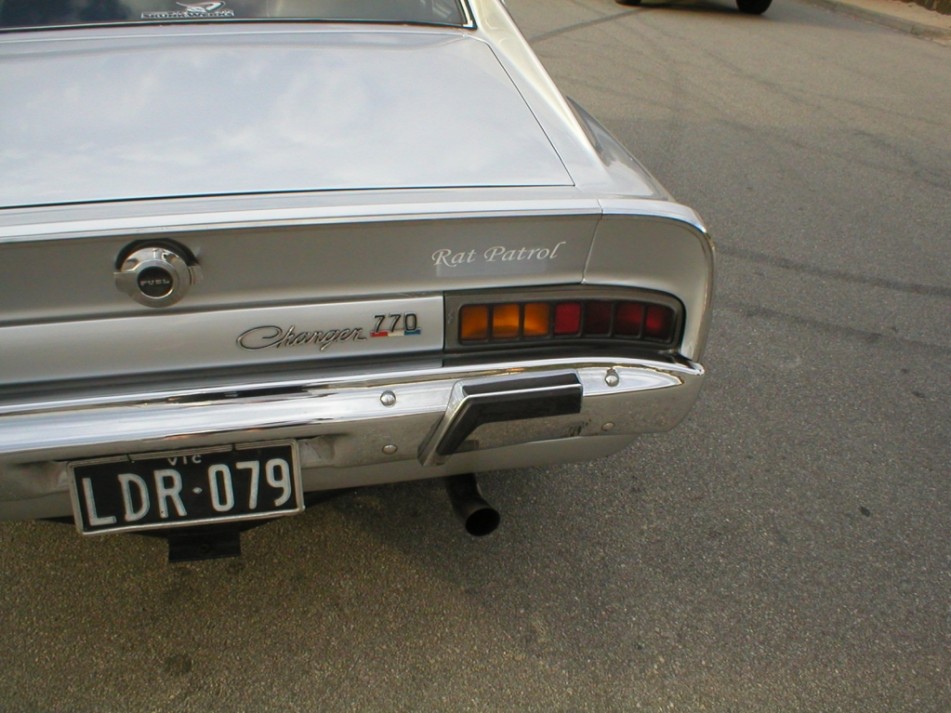PROS and CONS

Getting one
First you have to think about where you source it from –
– US eastern seaboard freight costs across country to the docks on the West Coast start at $400 and go upwards depending on which company is used.
Then you have shipping and GST from the US –
– again its unlikely you’d drop one of these into Sydney or Melbourne for under $1000 by the time taxes and broker charges are paid.
So your $6K engine is now around 7.5K!
Fitting it

Then we have conversion costs – and these can vary depending on what induction, motor and what level of performance you’re wanting.
At the very least if you want to run the factory EFI system, you can anticipate spending around 4.5K on:
– fuel system upgrades,
– ignition controller mods
– Engine mounts and flex plate conversion
– Aftermarket oil pan and associated hardware
Even by putting aside the EFI and going down the carb conversion route, there’s significant expense on a carb intake, exhaust mods, and ECU ………….
What’s it worth?

This is rear wheel – and the induction is still not fully tuned.
Besides, tell me how many LA or RB motors that make 470 at the fly, and return 20 mpg on a highway run on 4.11 gears!….and never runs hot…and starts first time every time….etc.
The big attraction of the Gen 3 is the HP potential of the engine in fairly basic form, allowing for competitive race days while keeping the “missus” happy on a Sunday outing.
And like it or not – modern factory engines have an inherent reliability that old school high comp flat tappet engines do not.
